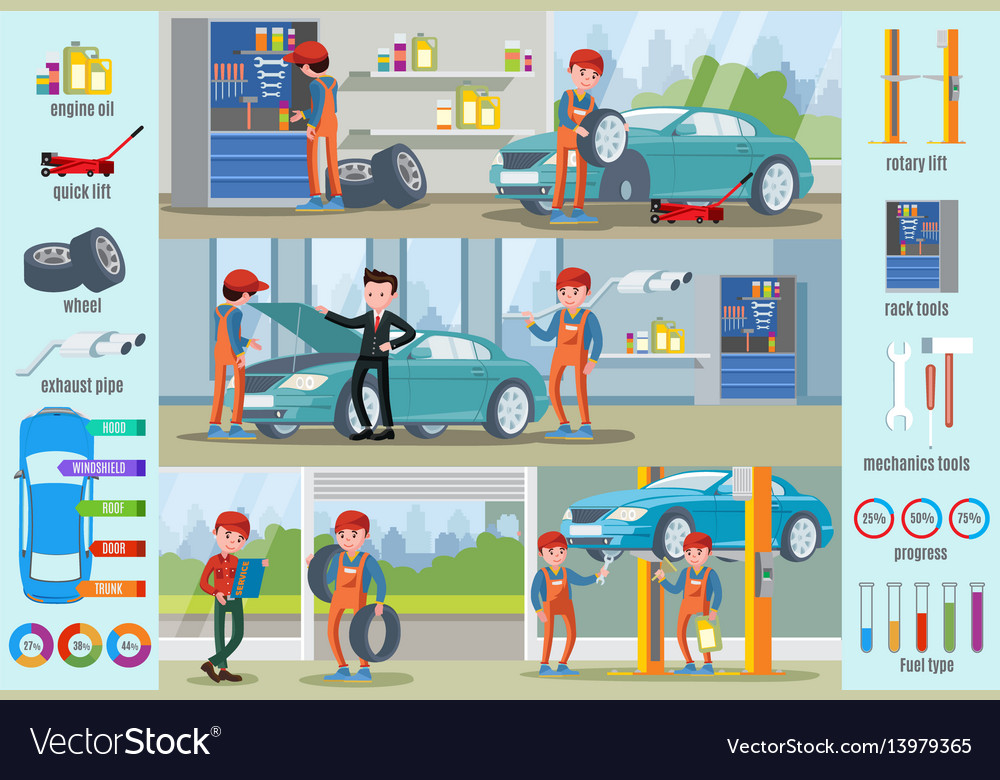Analyzing Your Vehicle'S Warning Indicators: What They Truly Convey
Analyzing Your Vehicle'S Warning Indicators: What They Truly Convey
Blog Article
https://www.clickorlando.com/news/local/2022/06/16/1-dead-in-fire-at-business-near-orlando/ Created By-Termansen Dalgaard
When you're behind the wheel, those radiant caution lights on your dashboard can be a little bit difficult. Do you recognize what they're trying to inform you about your car's health and wellness? Understanding the significance of these lights is crucial for your safety and security and the longevity of your automobile. So, the next time one of those lights appears, wouldn't you want to decode its message accurately and take the necessary actions to resolve it?
Common Caution Lighting and Interpretations
Recognize typical caution lights in your automobile and understand their definitions to make certain secure driving.
One of the most regular caution lights consist of the check engine light, which signifies issues with the engine or exhausts system. If this light begins, it's essential to have your car examined without delay.
The oil pressure cautioning light indicates reduced oil stress, needing instant interest to avoid engine damages.
A flashing battery light could suggest a damaged charging system, potentially leaving you stranded if not dealt with.
The tire stress surveillance system (TPMS) light notifies you to reduced tire stress, impacting lorry stability and gas efficiency. Disregarding this could bring about unsafe driving problems.
The abdominal muscle light suggests an issue with the anti-lock braking system, compromising your ability to quit quickly in emergencies.
Lastly, the coolant temperature level advising light warns of engine getting too hot, which can result in extreme damages if not fixed quickly.
Comprehending these usual caution lights will aid you attend to problems promptly and keep safe driving problems.
Importance of Prompt Attention
Understanding the common warning lights in your automobile is only the primary step; the relevance of quickly dealing with these warnings can't be highlighted enough to ensure your security on the road.
When a warning light brightens on your dashboard, it's your car's method of communicating a possible concern that needs attention. Disregarding these cautions can cause a lot more extreme problems in the future, compromising your security and potentially costing you more in repairs.
Prompt attention to advising lights can prevent failures and crashes. As an example, a flashing check engine light might show a misfire that, if left unattended, might cause damage to the catalytic converter. Resolving this immediately can save you from an expensive repair service.
Similarly, a brake system cautioning light could signal low brake fluid or used brake pads, important elements for your safety and security when driving.
Do It Yourself Troubleshooting Tips
If you notice a warning light on your control panel, there are a few DIY repairing ideas you can attempt before looking for professional aid.
https://reidmgauo.fare-blog.com/30063831/quick-cars-and-truck-detailing-for-beginners-get-it-performed-in-under-an-hour is to consult your auto's manual to understand what the details warning light suggests. Often the issue can be as basic as a loosened gas cap triggering the check engine light. Tightening up interior shampoo car wash near me might solve the problem.
One more usual concern is a reduced battery, which can trigger various advising lights. Examining the battery links for deterioration and ensuring they're safe could fix the problem.
If a caution light continues, you can attempt resetting it by disconnecting the vehicle's battery for a couple of mins and then reconnecting it. Furthermore, examining your vehicle's fluid degrees, such as oil, coolant, and brake fluid, can assist repair cautioning lights connected to these systems.
Final thought
To conclude, understanding your cars and truck's warning lights is necessary for maintaining your car running efficiently and safely. By immediately addressing these informs and knowing what they imply, you can stay clear of pricey fixings and potential breakdowns.
Keep in mind to consult your automobile's handbook for particular information on each cautioning light and act as necessary to make sure a hassle-free driving experience.
Remain educated, stay risk-free when driving!
